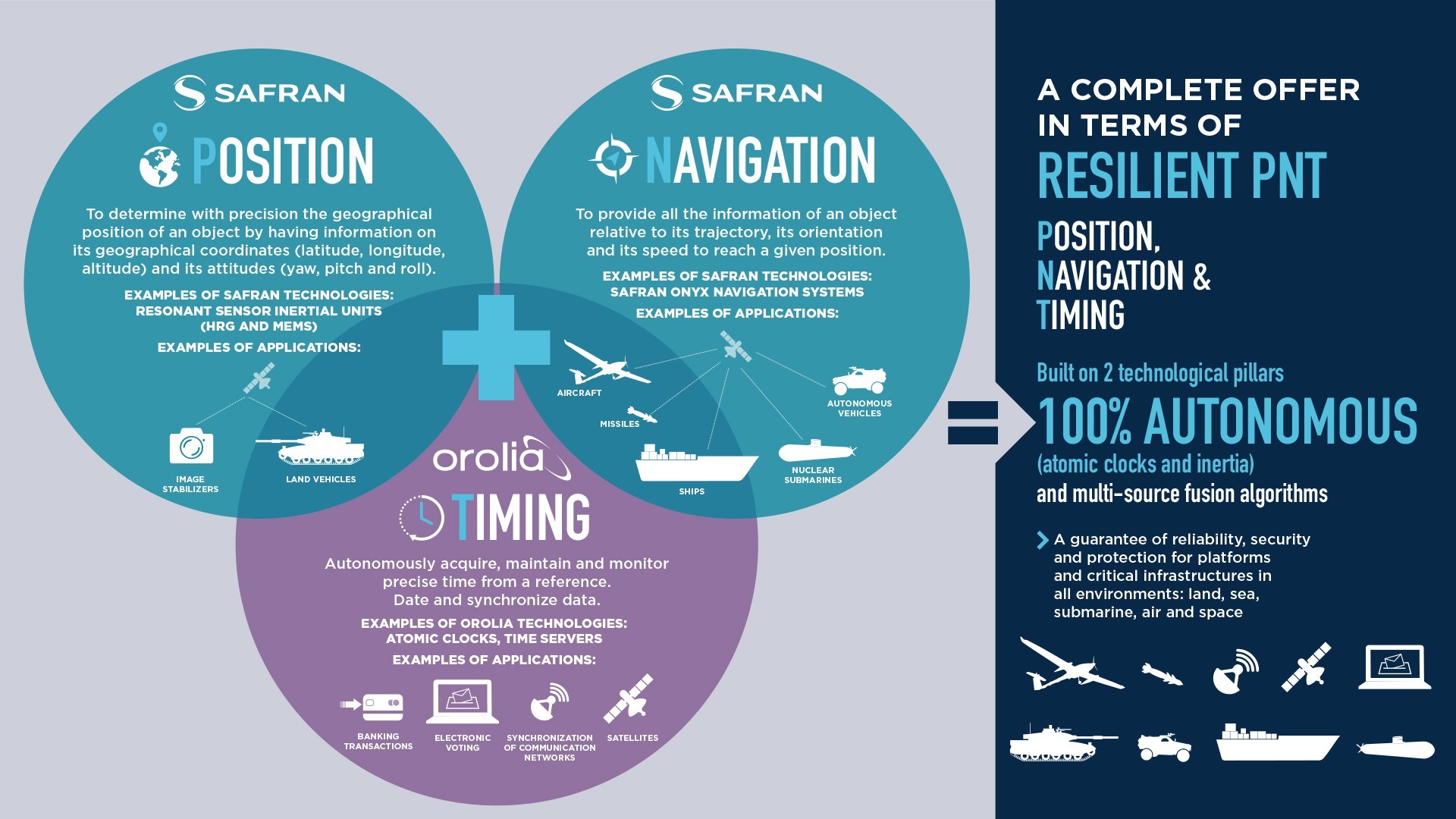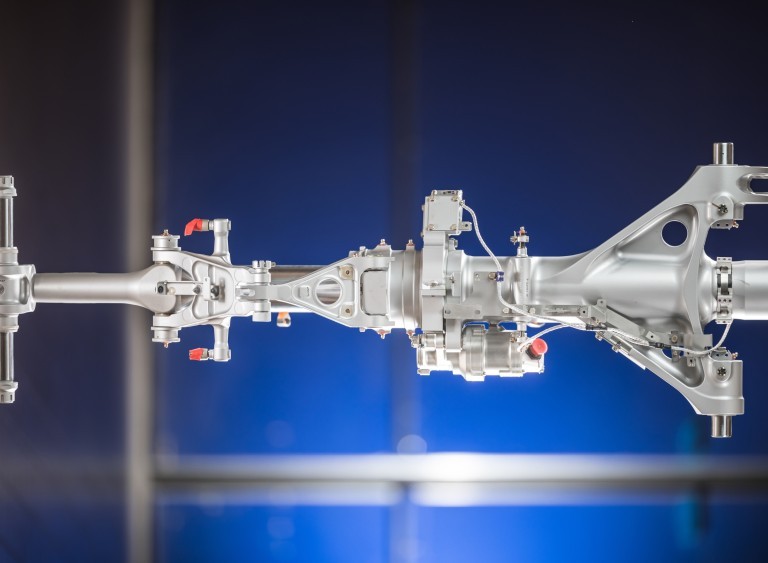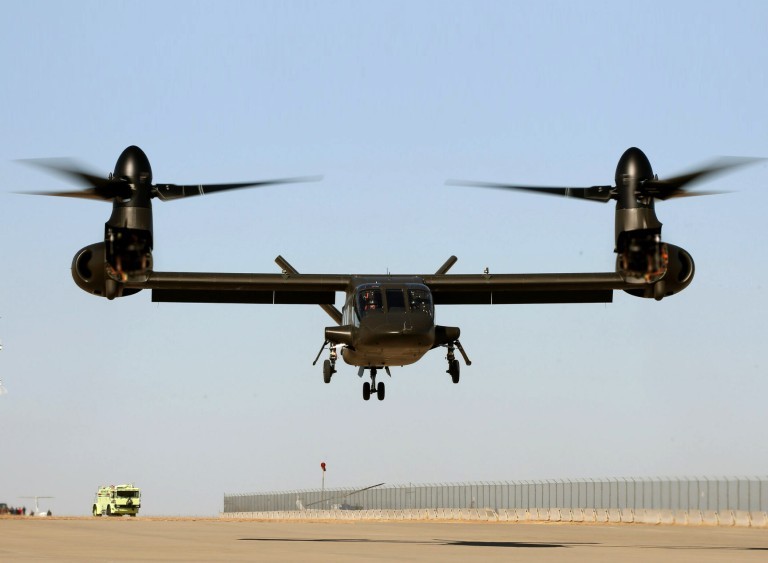
PNT serving future combat and national sovereignty
Crucial to national sovereignty and collaborative combat, resilient PNT (position, navigation and timing) helps maintain information superiority and data precision to protect military and civilian users alike.
- ELECTRIFICATION
- E-TAXIING
- INTERIORS
- At a glance
- Zoom
Battlefield data factories
We live in an increasingly connected world, and the battlefield is no exception. “Sailors, soldiers and airmen are connected to their vessels, tanks, aircraft and supporting drones, as well as to their weapons,” explains Walid Zarif, Vice President Sales, Navigation Systems, at Safran Electronics & Defense. In this new form of so-called collaborative combat, military operatives receive a constant stream of information in real time to give them a full and precise picture of the tactical situation.
But such networked combat raises the key issue of how to ensure that data flows in a constantly shifting environment are secure and the data correct — in other words, data integrity.
While this issue concerns all kinds of data, one in particular stands out: the ability to geolocate people and systems, be they friend or foe. This information must be accurate and reliable to ensure operational efficiency and avert collateral damage. On the battlefield, the United States applies the concept of blue force tracking, with allied troops in blue and adversaries in red.
Satellite-based positioning at the mercy of electronic warfare
Today, PNT is used mainly for satellite-based positioning (GPS, Galileo, etc.). Ground receivers lock on to satellite signals to locate where we are. These signals may be spoofed or jammed, intentionally or otherwise.
“Whether they cost a few dollars or are developed as a national electronic warfare capability, jamming systems are proliferating significantly and impacting theaters of operations, as well as the security of civil environments,” notes Walid Zarif.
Such systems may be used to thwart coastguard operations like fishing vessel monitoring, drug trafficking control and maritime traffic surveillance, or to protect high-value sites from satellite-guided missiles during high-intensity warfare.
This threat is leading national armed forces to acquire ever more reliable and resilient PNT technologies that work even when satellite-based positioning is inoperative.
Combining inertial technologies and atomic clocks for immune and autonomous PNT
Inertial systems are a tried-and-tested positioning and navigation technology. They have been in use for more than 50 years on the Redoutable, one of France’s nuclear-powered ballistic missile submarines.
The timing element in PNT remains crucial to check the integrity of satellite signals. It is also required to secure vital communications for collaborative combat. This is where atomic clocks, considered the most precise timekeepers in the world, really come into their own.
These two technologies are therefore essential for reliable networked PNT solutions. Combining them offers the integrity needed for military users and critical civil infrastructures like data centers and digital voting systems.
WHAT IS THE PNT?

Safran acquires Orolia and plans to become the world leader in resilient PNT
Read the article
















